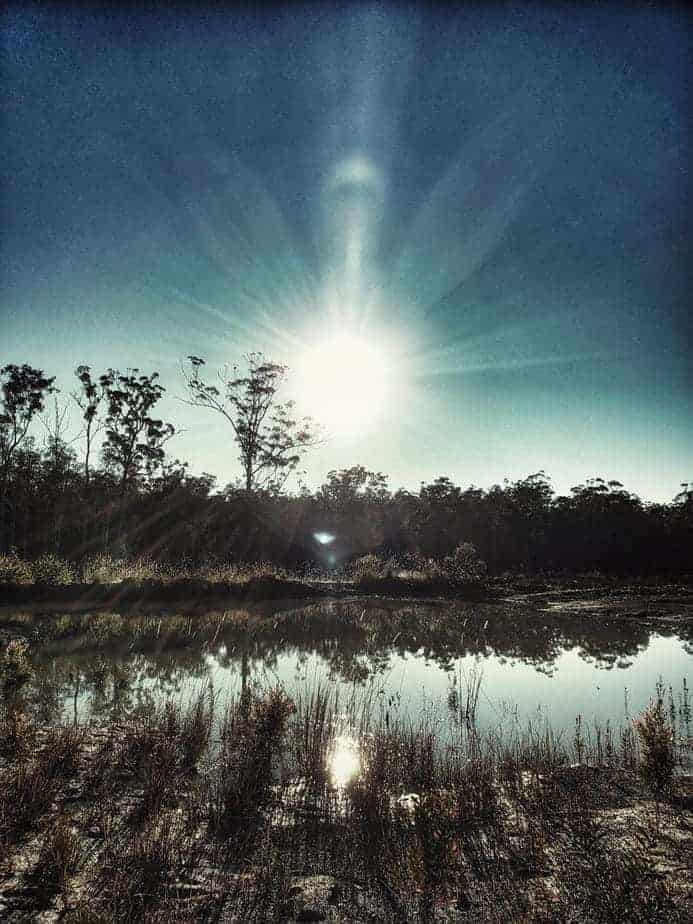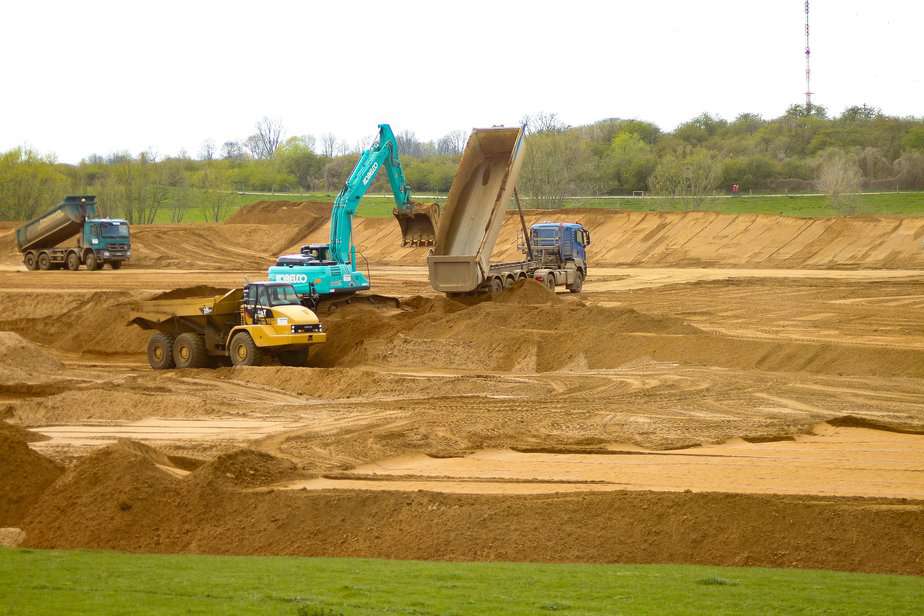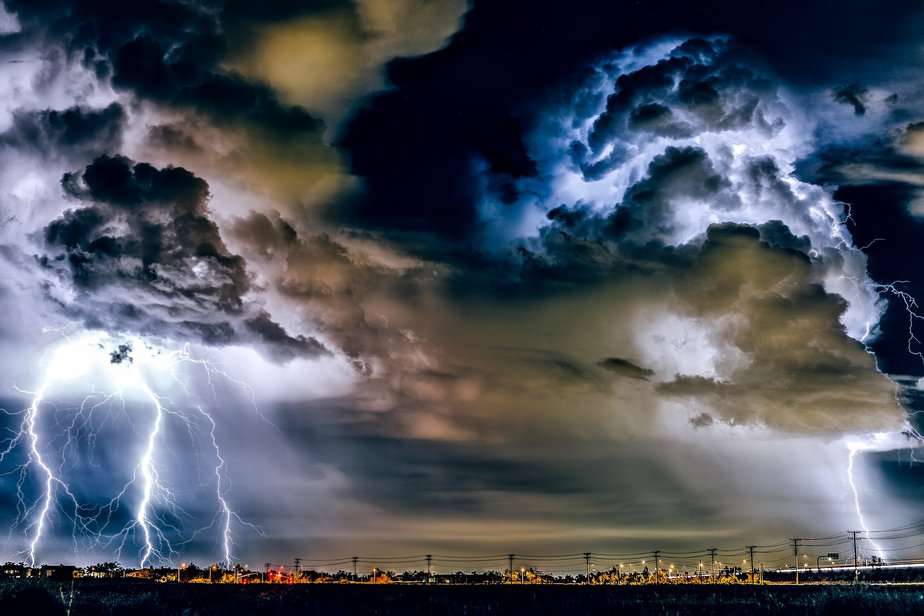The article discusses how climate change exacerbates heatwaves, droughts, wildfires, and floods. Rising temperatures, altered jet streams, feedback loops, and urban heat islands intensify heatwaves. Changes in precipitation patterns, evaporation rates, and weakened wet seasons worsen droughts. Climate change prolongs wildfire seasons, increases fuel dryness, and leads to more lightning strikes. Additionally, warmer air, sea-level rise, river flooding, and flash flooding contribute to more severe floods. The article emphasizes the need to reduce greenhouse gas emissions, promote sustainable land use, invest in climate resilience, advance climate science, and advocate for policy changes to address these challenges.
Tag Archives: dam builder
Dams, the silent giants of engineering, stand tall, serving specific purposes across the globe. These crucial structures, designed for water resource management, flood control, and power generation, come in various forms. Here, we present an insightful glimpse into the world of dams, showcasing 15 distinct types tailored for diverse functions and environmental contexts.
Earth dams are versatile structures that serve a multifaceted role in flood control and disaster management. Floods are one of the most devastating natural disasters that can wreak havoc on communities, causing immense damage to property, infrastructure, and, most tragically, human lives. The frequency and intensity of flooding occurrences have risen due to climate change and urbanisation, making it imperative for us to explore and employ effective flood control and disaster management strategies. Among the various flood control measures, earth dams have emerged as vital structures that play a crucial role in mitigating the impact of floods and managing disaster situations. In this thesis, we will dive deep into the significance of earth dams in flood control and disaster management, exploring their functions, benefits, and their role in safeguarding communities.
Innovations in spillway design for dams have significantly improved the safety and efficiency of these critical infrastructure projects. Dams play a vital role in managing water resources, providing hydroelectric power, and ensuring water supply for various purposes such as irrigation and municipal use. However, as essential as they are, dams can pose significant risks to downstream communities and the environment if not designed, maintained, and operated correctly. One crucial component of dam design is the spillway, which helps control water levels and discharge excess water during periods of heavy rainfall or flooding.
The New South Wales (NSW) Government is setting its sights on doubling the water supply from Sydney’s $2 billion desalination plant to counteract the anticipated rise in temperatures. According to the World Meteorological Organisation (WMO), Australia is on the verge of experiencing its hottest summer on record in 2024, which is expected to heighten the risk of drought.
Australia is in for a turbulent weekend with extreme weather on both coasts. The west battles a scorching heatwave, while the east faces heavy rains and flash flooding threats. Temperatures in Western Australia’s south-west may reach 39°C, but relief is expected next week. Meanwhile, the east anticipates widespread showers and thunderstorms. South Australia also faces thunderstorms, while Brisbane and the Gold Coast brace for heavy rain. Stay informed and safe amidst this weekend’s meteorological challenges
Preventing and mitigating dam siltation is essential to ensure the long-term effectiveness of these vital infrastructure projects.
Dams are critical infrastructure that provides a range of benefits, from water supply and hydroelectric power generation to flood control and irrigation. However, over time, they face a common challenge known as “siltation” or “silting up.” Siltation occurs when sediment, primarily sand, silt, and clay, accumulates in the reservoir behind the dam, reducing its storage capacity and effectiveness. In this article, I’ll look at the causes of dam siltation and discuss effective strategies and solutions to prevent and mitigate this problem.
Surviving with less water is a skill that can be valuable in various situations, from dealing with water scarcity in everyday life to emergency scenarios in the wild.
Water is essential for life. It’s not just vital for staying hydrated, but also for cooking, cleaning, agriculture, and countless other daily activities. However, in certain situations, such as during droughts, emergencies, or while exploring remote regions, access to ample water may be limited.
In this article, I explore essential strategies and give you tips on how to survive with less water, ensuring that you can adapt and thrive even when faced with water scarcity.










